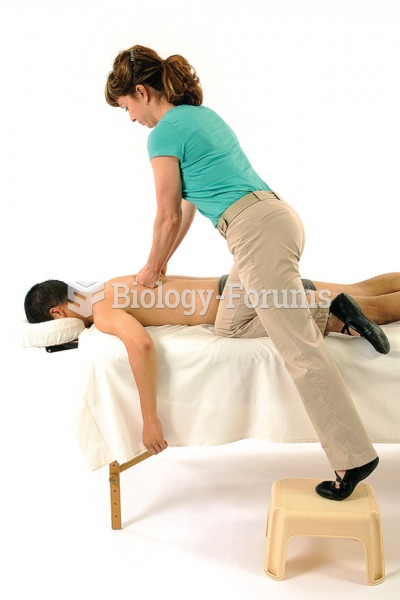Answer to Question 1
Correct Answer: 3
Rationale 1: Local anesthetics act by blocking sodium channels. The blocking of sodium channels by local anesthetics is nonselective; therefore, both sensory and motor impulses are affected. Sensation and muscle activity in the treated area will be decreased temporarily. Because of their mechanism of action, local anesthetics are sometimes called sodium channel blockers.
Rationale 2: Local anesthetics act by blocking sodium channels. The blocking of sodium channels by local anesthetics is nonselective; therefore, both sensory and motor impulses are affected. Sensation and muscle activity in the treated area will be decreased temporarily. Because of their mechanism of action, local anesthetics are sometimes called sodium channel blockers.
Rationale 3: Local anesthetics act by blocking sodium channels. The blocking of sodium channels by local anesthetics is nonselective; therefore, both sensory and motor impulses are affected. Sensation and muscle activity in the treated area will be decreased temporarily. Because of their mechanism of action, local anesthetics are sometimes called sodium channel blockers.
Rationale 4: Local anesthetics act by blocking sodium channels. The blocking of sodium channels by local anesthetics is nonselective; therefore, both sensory and motor impulses are affected. Sensation and muscle activity in the treated area will be decreased temporarily. Because of their mechanism of action, local anesthetics are sometimes called sodium channel blockers.
Global Rationale: Local anesthetics act by blocking sodium channels. The blocking of sodium channels by local anesthetics is nonselective; therefore, both sensory and motor impulses are affected. Sensation and muscle activity in the treated area will be decreased temporarily. Because of their mechanism of action, local anesthetics are sometimes called sodium channel blockers.
Answer to Question 2
1. Use Tylenol for any pain unrelieved by the Vicodin.
2. Notify the physician if the medication relieves the pain.
3. Increase the intake of fluids and roughage in the diet, because this medication can cause constipation.
4. Take the medication only when the pain is greater than an 8 on a scale of 110.







